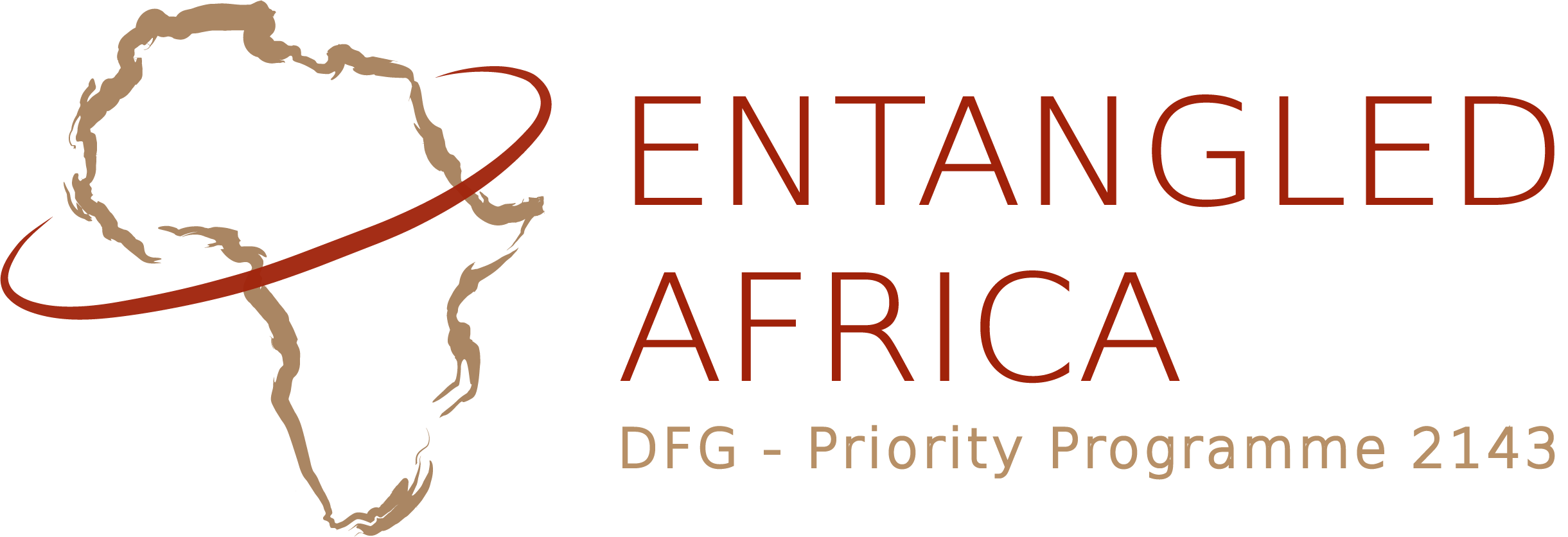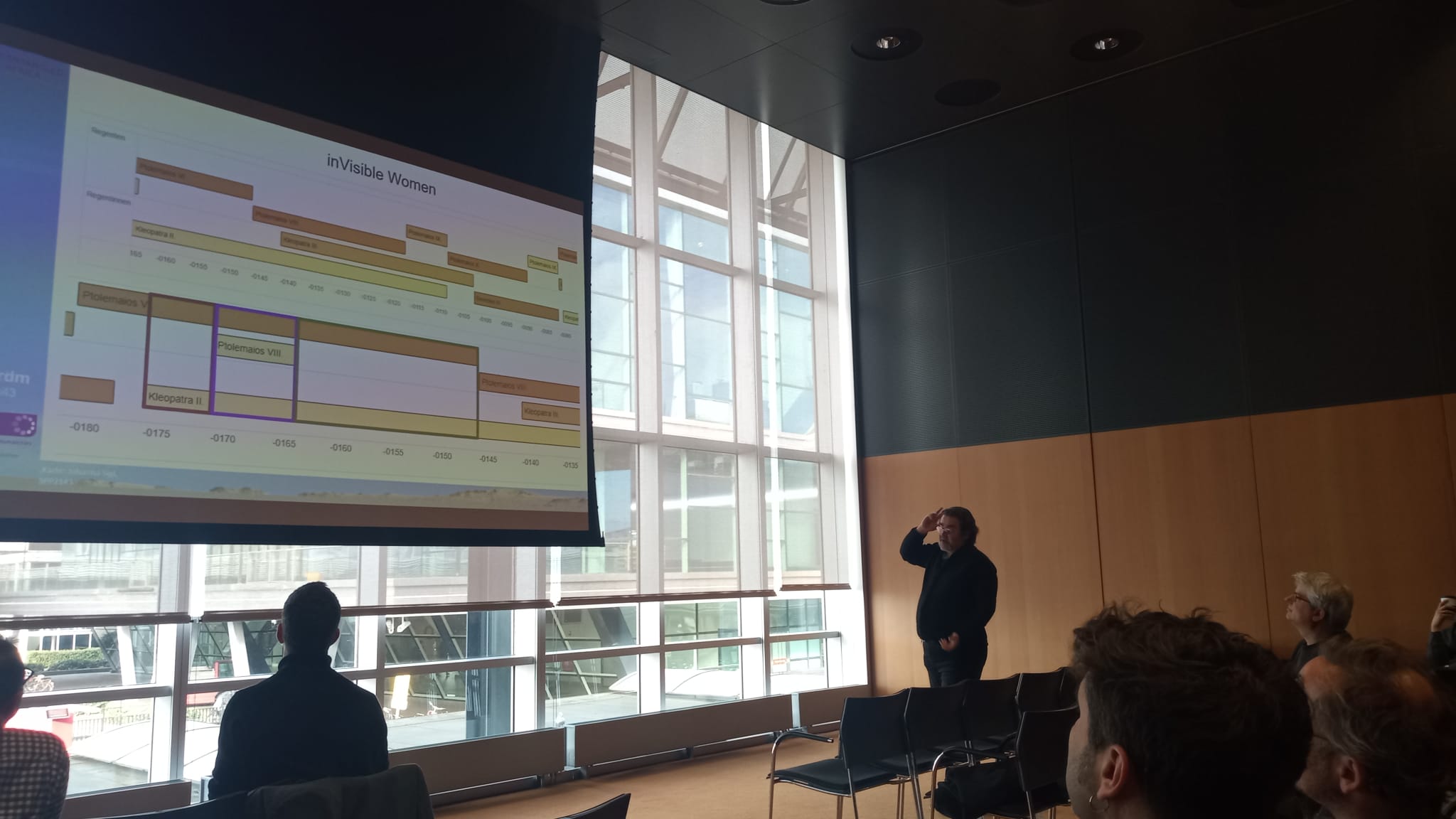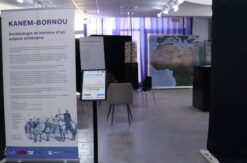Attribution & Copyright: W. Schmidle
Report for CAA 2023
The annual meeting of the Computer Applications and Quantitative Methods in Archaeology (CAA) was held in Amsterdam from April 3 to 6. The theme was “50 years of Synergy”; the first CAA was held back in 1973. As a project whose activities fall within this subject area, Fair.RDM had the long overdue duty to be there. Lukas Lammers and Eymard Fäder traveled to the event and were accompanied by our esteemed cooperation partner Dr. Wolfgang Schmidle. We thank the cooperation project for making it financially possible for him to attend.
The impression that the computer applications mainly consist of GIS-based analyses and that one only debates about the quality and validity of the proxy data and methods is deceptive on closer inspection. A total of 44 sessions covered a wide range of archaeological topics. Research data management has recently been high on the agenda and eagerly presented. Also “agent based modeling” is methodologically and theoretically now one of the established applications. Last but not least, Archaeo Gaming has established itself as a platform to present archaeological content to the public in the sense of the “Third Mission”.
![IMG-20230406-WA0013 [Attribution: ; Copyright: ]](https://www.dainst.blog/entangled-africa/wp-content/uploads/sites/11/elementor/thumbs/IMG-20230406-WA0013-q6hsbs36ts8rymd8fqkdbyiyrca34x7cqd5dfwrqve.jpg)
Of course, we also had our own contribution to make: At the session S12. Chronological modelling: formal methods and research software we participated with our presentation “ChronOntology for periodizations in Entangled Africa”. Although the session description explicitly mentions ChronOntology and other time gazetteers, this topic turned out to be “exotic” on site, as our group seems to be the only one working on it at the moment. In the presentation, Wolfgang Schmidle and Eymard Fäder jointly reported on the work of the chronology working group in our SPP2143. In the first part, the concept, data model and architecture of iDAI.chronontology were explained and discussed. The second part reported on the collaboration between ChronOntology and Entangled Africa over the last three years, which has resulted in both content and structural additions to the platform. Since the beginning of the collaboration, 350 new periods have been created, processed in the test system, and half of them have been imported into ChronOntology ready for use. The presentation ended with a discussion of potential enhancements and improvements to the system. In the Q&A session that followed, the possibilities of ChronOntology, especially the experimental periodization of the (In)Visible Women working group, were taken up with great interest.




